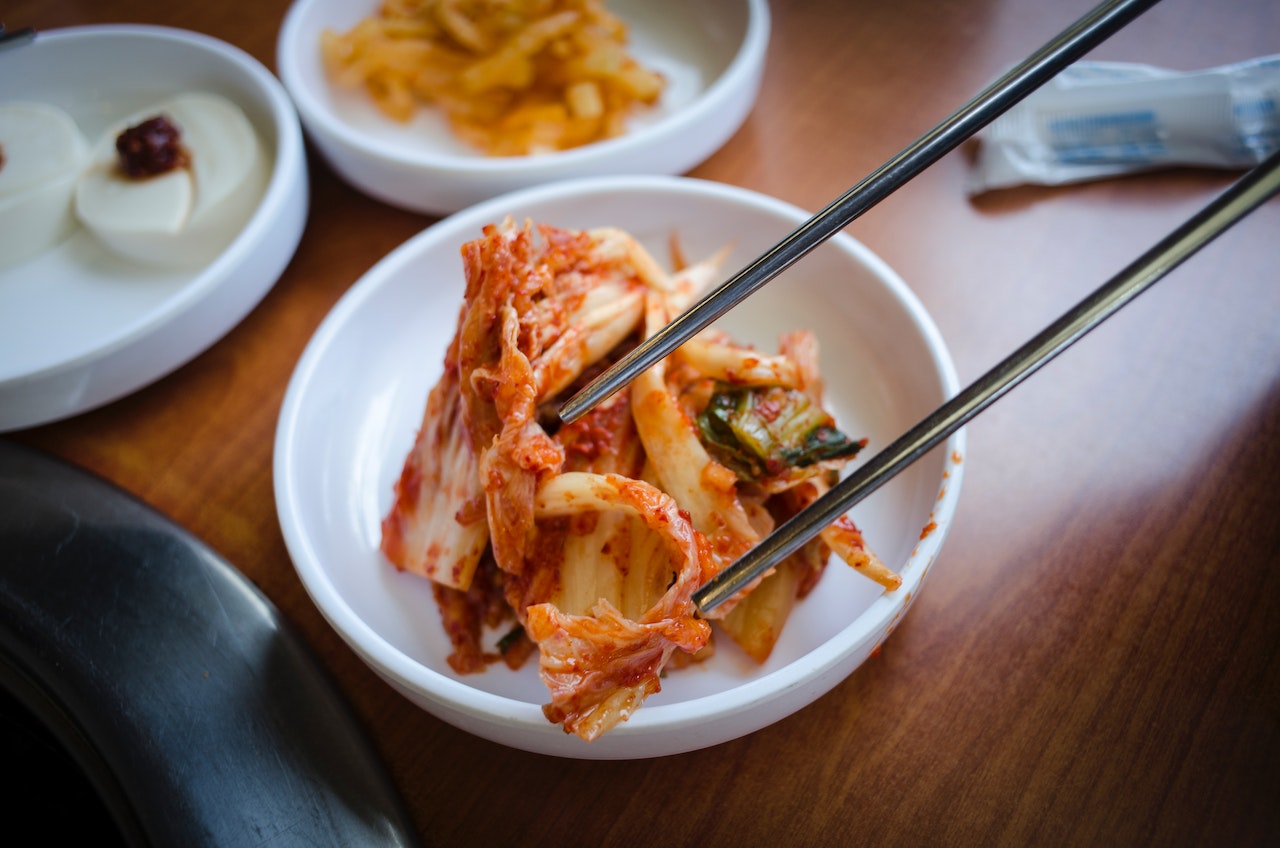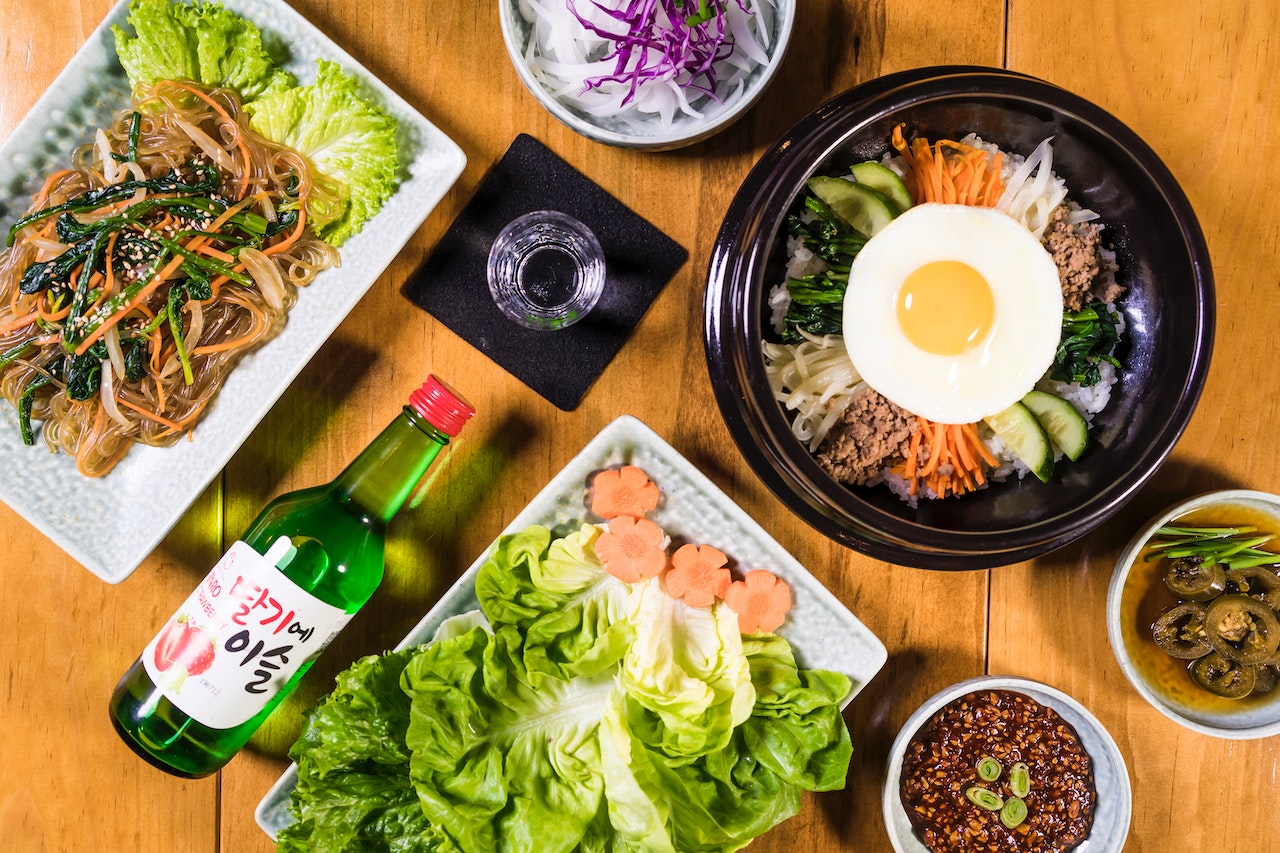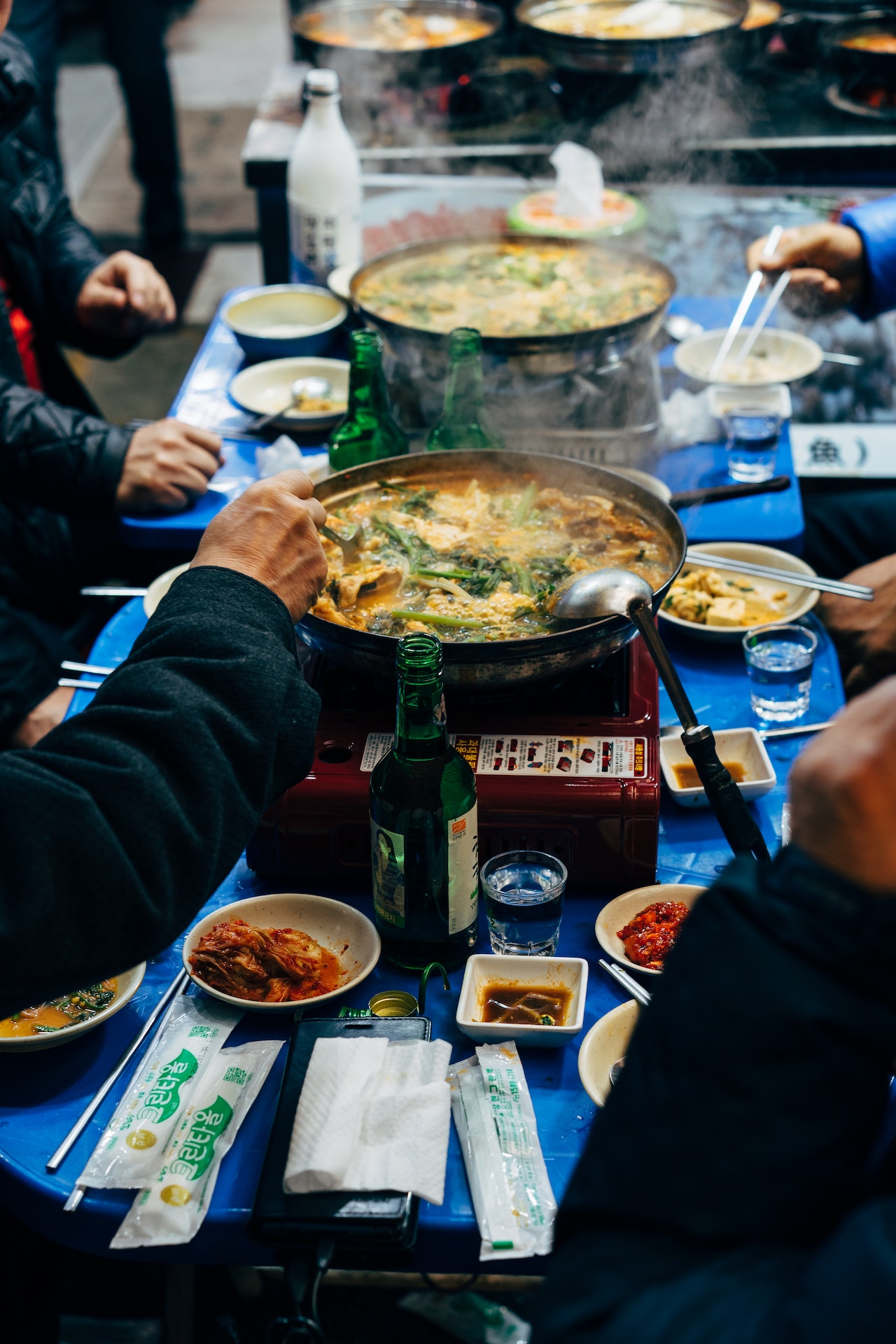Korean cuisine is renowned for its bold flavors, vibrant colors, and diverse range of ingredients. Deeply rooted in tradition and reflecting the country’s rich cultural heritage, Korean national dishes offer a unique gastronomic experience. In this article, we embark on a culinary journey through Korea, discovering the distinctiveness of its national dishes and exploring the culinary traditions that have shaped the country’s food culture.
Kimchi: The Iconic Side Dish
No exploration of Korean cuisine would be complete without mentioning kimchi. This fermented vegetable dish, most commonly made with cabbage, is a staple in Korean meals. Bursting with spicy, sour, and umami flavors, kimchi is a true reflection of the Korean palate. It is not only a side dish but also a key ingredient in various other dishes, adding depth and complexity to the overall flavor profile.

Bibimbap: A Harmony of Colors and Flavors
Bibimbap, which translates to “mixed rice,” is a colorful and visually appealing dish. It consists of steamed rice topped with an assortment of sautéed and seasoned vegetables, marinated meat (or tofu), and a fried egg, all beautifully arranged in a bowl. The dish is traditionally served with gochujang, a spicy fermented red pepper paste, which adds a kick of heat and richness to the dish.
Bulgogi: Grilled Delight
Bulgogi, meaning “fire meat,” is a beloved Korean dish featuring thinly sliced marinated beef or pork. The meat is marinated in a combination of soy sauce, garlic, sugar, and other seasonings, imparting a savory and slightly sweet flavor. Bulgogi is often grilled over an open flame, enhancing the smoky charred notes and creating a tender and succulent dish that is enjoyed both on its own or as a filling for wraps and rice bowls.
Japchae: Stir-Fried Noodles with an Array of Vegetables
Japchae is a popular Korean dish consisting of stir-fried glass noodles made from sweet potato starch. The noodles are cooked with a medley of colorful vegetables, such as mushrooms, carrots, spinach, and bell peppers, along with soy sauce and sesame oil for flavor. Japchae showcases the harmonious blend of textures and tastes, combining the chewy noodles with the crispness of the vegetables and the nutty richness of the sesame oil.

Samgyeopsal: Sizzling Pork Belly Delight
Samgyeopsal, a classic Korean barbecue dish, features thick slices of pork belly that are grilled at the table. The meat is typically served with a variety of condiments, including lettuce leaves, ssamjang (a spicy soybean paste), garlic, and kimchi. The interactive nature of samgyeopsal, where diners wrap the grilled meat and condiments in lettuce leaves, makes it a communal and enjoyable dining experience.
Haemul Pajeon: Seafood Pancake
Haemul pajeon, or seafood pancake, is a delightful Korean dish that combines a crispy pancake batter with an assortment of fresh seafood and green onions. The pancake is pan-fried until golden and crispy, resulting in a satisfying texture. It is often served with a dipping sauce made from soy sauce, vinegar, and sesame oil. Haemul pajeon showcases the love for seafood in Korean cuisine and is a popular choice as an appetizer or a shared snack.
